There are plenty of lenses to choose from but which is the best lens for you? Giles Babbidge sheds some light on picking the right one for your needs.
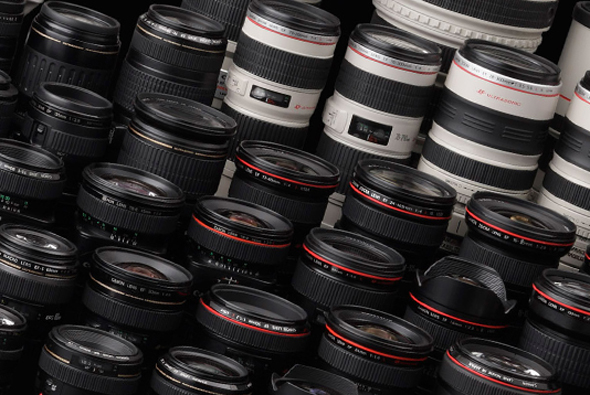
Not all lenses are made equal. This may sound obvious but it’s an important point to bear in mind when choosing which optics to attach to your camera.
So often when enthusiastic photographers part with their hard-earned cash, they prioritise camera bodies over lenses. In many ways, it’s the natural thing to do; of course you will want to pick the camera that is right for your requirements but it is equally important to select a lens that will allow you to get the best out of that camera. Truth be told, virtually all lenses available from reputable brands these days are of excellent quality - but the rule of thumb here is to always select the best you can afford. Remember, the glass up front is the key factor when it comes to how light enters your camera in the first place and poor-quality optics are more susceptible to aberrations.
In this guide, I’m going to give you a basic overview of what’s out there and various technical considerations worth keeping in mind. Of course, not all lens types will suit every photographer (or their budget), but there will be something that is right for you. With a little thought and pre-purchase research, you can be sure that you’ll be spending your money wisely when the time comes to invest in a set of optics.
Prime vs. zoom lenses
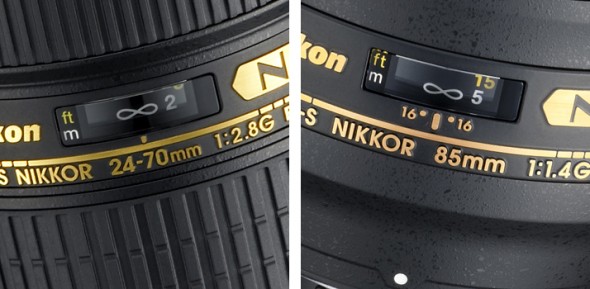
There was a time where a photographer looking to purchase a new lens was faced with a range of prime lenses from which to choose. Simply put, these models were of fixed focal length, such as 28mm or 50mm. Now, of course, we have variable focus lenses – i.e. zooms – which allow a wide range of framing options to be considered while remaining in one fixed position. Whereas in the past a photographer had to move either closer to or further away from their subject in order to get the same effect as zooming, now it’s as simple as twisting the barrel of your lens.
Prime lenses have seen something of a resurgence in popularity over recent years. The argument for choosing them over zooms has always been that they offer superior optical quality. This is because they are optimised for only one focal length and there are fewer inner workings for the light to pass through on its way to the camera sensor. In terms of creativity, it is true to say that by sticking with prime lenses, photographers are forced to work around their subject; this is never a bad thing, as the exploration process often reveals potential images that would perhaps otherwise have gone unnoticed.
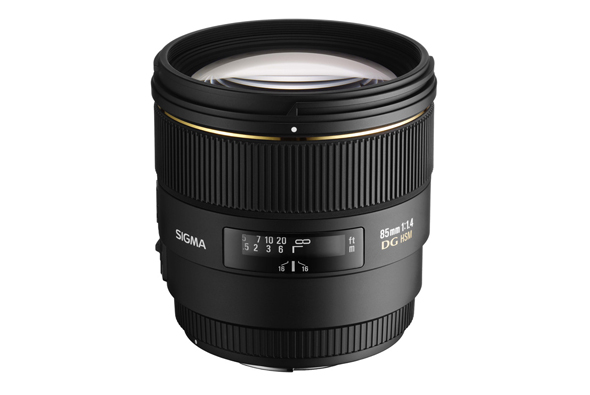
Portrait photographers have long favoured the 85mm prime lens, as it offers a nice balance between optical pulling power and compact design. People skills are all-important when taking portraits and using a lens of this focal length is a great way to interact with your subject, while giving a range of flattering framing options.
But what about zooms? Well, aside from the convenience they bring, these models are also very handy for photographers who want to travel light by keeping their kit to a minimum. Think travel photography, holiday excursions and photoshoot location scouting and you can see how having one general-purpose lens attached to cover a wide range of perspectives might be advantageous.

If you are just starting out and are unsure which lens to choose, the decision-making process is partly taken care of for you, in the form of what is often referred to as a kit lens. These typically fall in line with those described in my last point, spanning the range of wideangle to mid-zoom focal lengths.
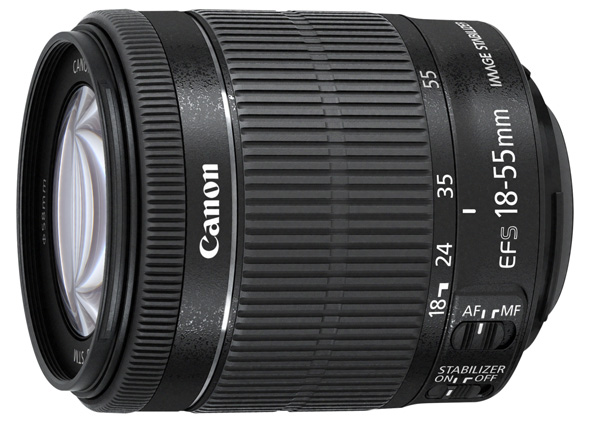
Kit lenses are relatively compact and lightweight - and because they are often bundled along with a camera, their price can be very modest, too. With one of these attached, you will be able to capture a wide range of photographs at varying proximities to your subject. For example, at a family party you could set up a wideangle group shot of, say, 50 people, then zoom in close for some candid, unposed pictures as people enjoy the festivities.
Focal length and effective focal length
As many of you will have been used to taking pictures using 35mm SLR film cameras in the past, you will be familiar with the term focal length. In layman’s terms, the lower the number, the wider the angle of view covered by a lens. Easy.
But with digital came something of a complication to this rule. Because digital cameras use sensors of differing sizes, generally smaller than that of a film negative in 35mm SLR cameras, the numbers tend to get a bit jumbled, to the point where they may not make sense. For this reason, manufacturers often speak in terms of 35mm-equivalent, or ‘effective’, focal length. Most people are then able to visualise angles of view compared to what they were previously accustomed to.
Maximum aperture
If you’ve ever heard photographers referring to ‘fast’ lenses but never understood what they meant, the explanation is really quite simple. The important thing to remember here is: the smaller the f-number, the larger the maximum aperture (and so the bigger the hole letting light in). A fast lens is one with a wide maximum aperture. So, for example, a 24-70mm f/2.8 zoom will let in more light than an equivalent lens with a maximum aperture of only f/4. Prime lenses typically have even greater maximum apertures compared to zooms; in most cases you’re looking at around f/1.4 and f/1.8.
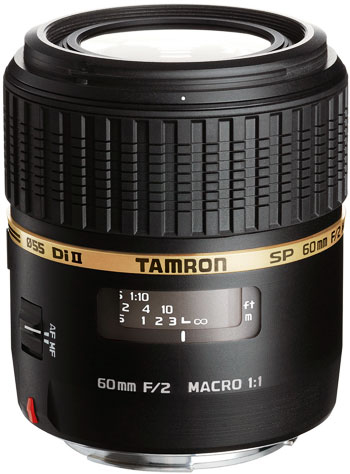
But why do fast lenses offer such an advantage? Well, their biggest plus-point is the great flexibility they offer in low-light situations such as at concerts and in twilight hours. With the benefit of allowing additional light to enter your camera, you will be able to use the fastest shutter speed available to you, which is perfect for freezing movement and achieving sharp images.
Of course, you could push the ISO up, but doing so moves you further into the realms of increased noise in your pictures; we’re nearly always looking to keep that to a minimum, where possible, for the sharpest results. Lenses with wide maximum apertures also allow you to achieve shallow depth of field, which is ideal when trying to isolate subjects against their backgrounds.
One word of warning about fast lenses before we move on: the advantages listed above do come at a price. Take a look at the difference in cost between an f/4 and f/2.8 lens of comparable focal length and you will see why it tends to be working professionals and keen amateurs with deep pockets who most often add such kit to their camera bags.
That said, don’t let this be an excuse for not getting the great pictures you want. Great gear can help you to achieve certain images but it’s the eye of the photographer and an understanding of photographic principles that’s ultimately more important.
Focusing systems
It’s a given these days that most people will have an autofocus lens attached to their camera when heading off to take pictures. Although manual focus models are available, autofocus offers the ultimate convenience, with the option to flick to manual on occasions where critical focus is paramount, or simply quickly override it where necessary.
Some models focus by moving their inner groups of lenses. This is referred to as ‘internal focus’ (IF) and, as a result, the physical size of a lens does not alter during the focusing process. This can be beneficial in certain situations, such as when shooting close up with a macro lens, where you would not want to disturb a subject or affect the way it is lit. Alternatively, if you choose an externally focusing lens, you will see movement at the front of the barrel.

You may also find the letters HSM, USM or SSM on a lens barrel. The exact letters will vary between manufacturers, although they all indicate that the lens makes use of a sophisticated focusing motor, one designed to focus quickly, accurately and quietly. Many modern lenses make use of these and they’re ideal when you need to be discreet (for example, at a wedding).
Image Stabilisation (IS)
If you suffer with shaky hands or do a lot of low-light photography, you might like to consider image stabilisation. In simple terms, this mechanism counters the effect of camera shake, which occurs due to movement by the photographer or outside forces such as strong winds.
Different lens manufacturers have their own versions, but they essentially do the same thing. Somewhere along the barrel of the lens is an on/off switch, which gives you the choice of when to use the setting (many photographers tend to leave it permanently in the ‘on’ position once they experience the benefits first hand).
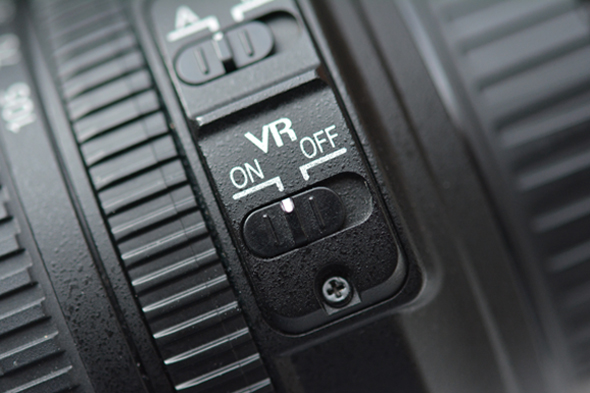
In real-world terms, when used correctly, image stabilisation can have the effect of giving you back the equivalent of 2-4 f-stops of light by allowing you to use slower shutter speeds while reducing the effect of camera movement. Although image stabilisation is a good alternative to using faster lenses, it’s really only effective when photographing static subjects (or alternatively, when you are panning a subject and have the ability to disable image stabilisation over one axis).
So, to pick up on the subject of ‘fast’ lenses discussed above, there is often a good compromise to be made by choosing a slower lens but one that features image stabilisation (say, with a maximum aperture of f/4). As this technology has become more commonplace, its cost has inevitably dropped, making it more accessible to those on a more modest budget. Bear in mind that some cameras have their own image-stabilisation systems built into their bodies, so they do not require the feature built into the lenses.
Lens coating and special elements
The technology used to finesse the glass used in lenses has come a long way over the years. One of the biggest developments has been in the area of reducing aberrations. Special lens coatings are now used to reduce or prevent surface reflections, meaning that more light passes directly through to the sensor, while others help disperse light to a lesser degree to prevent coloured fringes (chromatic aberration) from forming in images.
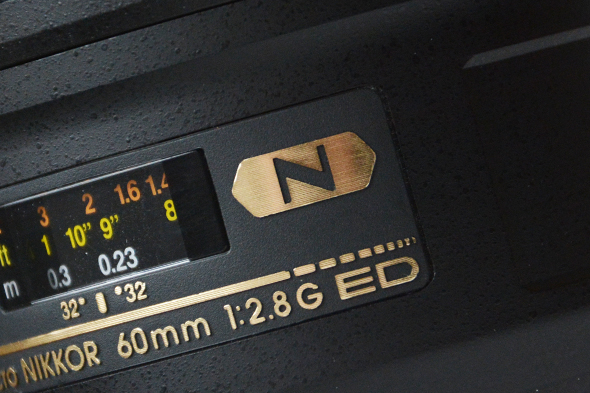
Aspherical elements are often used in place of multiple elements in wideangle lenses, for example. The great advantage of this is that these models are lighter and more compact as a result, at the same time benefiting you by controlling aberrations.
Weather sealing
If you anticipate spending a considerable amount of time taking pictures outdoors, it won’t be long before you get caught in a downpour or other far-from-ideal conditions. Thankfully, many lenses – especially those aimed at high-end users – come with built-in weather sealing, which protects their all-important electronic components and more besides.

You won’t necessarily see any difference to look at them, but weather-sealed lenses keep out dust, dirt and moisture via a series of rubber gaskets and seals around key areas.
Teleconverters
There are times, such as at big events, when getting close to the action can be tricky. In an ideal world and assuming you found the perfect camera position, you would probably have a powerful lens on your camera, allowing you to fill the frame comfortably from afar.
For most people, however, this isn’t possible and finding a way around the problem is a challenge. So what do you do if you can’t physically move closer? The answer comes in the form of what’s known as a teleconverter.
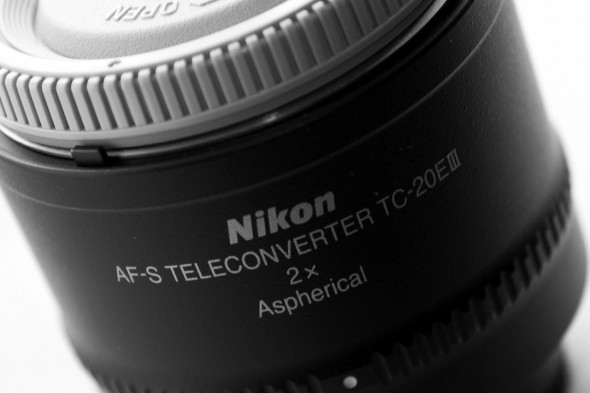
These devices typically come in two strengths – 1.4x magnification and 2x magnification. They attach to the rear of the lens in use, acting as a convenient way to get closer to the action. So if you were using 200mm lens, for example, you would, roughly speaking, end up with either a 280mm or 400mm focal length, respectively (notwithstanding any crop factor of your camera/lens setup).
One thing to bear in mind here: you will encounter a loss of light when using a teleconverter, one stop with a 1.4x model and two f-stops with a 2x model. Furthermore, although it’s a good solution to getting extra reach, teleconverters are not compatible with every lens. They are really designed to be used with faster lenses (f/4 and above) as the reduced amount of light can have an adverse effect on your autofocus system. If you are unsure if your lens is compatible with a teleconverter there are a few helpful compatibility charts from Nikon, Canon and Sigma.
Accessories
When it comes to accessories, there are a few items worth keeping in your bag at all times. Assuming you keep the front and rear caps on your lenses when not in use, the next most important consideration is ensuring that the glass itself is kept clean and scratch free. There’s a wide range of inexpensive products available to consider – here are just a few.
Hoods
Many lenses are supplied with dedicated hoods, whose principal job is to cut out unwanted stray light. This light can affect the contrast of an image and lead to flare, so it’s useful to have these in place when there is harsh sunlight. They also offer some basic protection, should the front of your lens knock against anything.
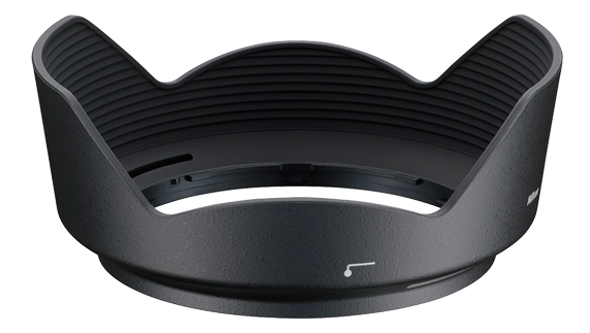
Protective filters
Protective filters do just that. They are not designed to offer visual effects; rather, they are a clear, cheap and convenient way of protecting the front of your valuable lenses from the usual culprits of dust, dirt, moisture, scratches and fingerprints. As with all filters, your best bet here is to buy the best you can afford, remembering that, just as with your lenses, light has to pass effectively through any glass elements on its way to the camera sensor. Click here to view our full range
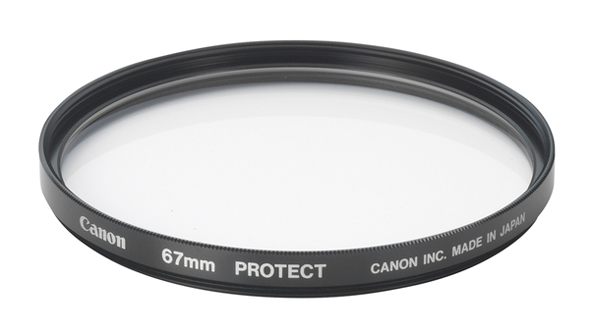
Pouches and cases
Lenses often come supplied with pouches but you can also buy them separately. These vary in price and level of protection; some are simply soft pouches with no-scratch linings, while others are designed around a whole system, intended to be worn on dedicated waist belts or attached to the exterior of compatible camera bags. Features to look out for include quick-access fastenings (Velcro, quick-release buckles, poppers etc), belt attachment loops and protective weather-resistant covers.
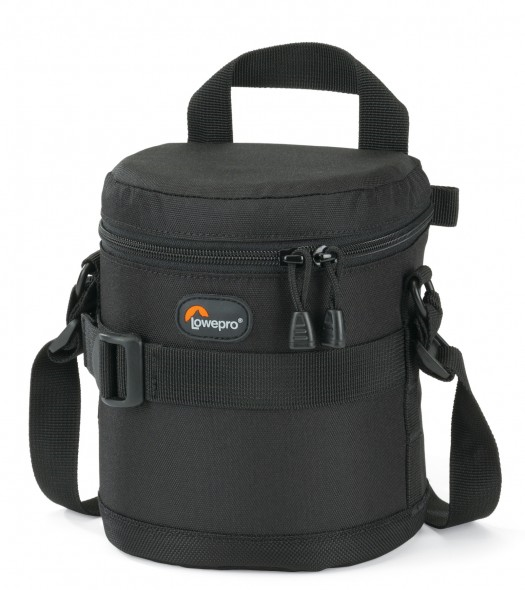
Cleaning products
A wide range of products are available to help keep your lenses sparkling while on the go. Brushes, wipes, fluids and more are inexpensive and take up very little room in a side or front pocket of your camera bag. Each of these items is often available to purchase either on their own or as part of a cleaning kit. Click here to view our full range
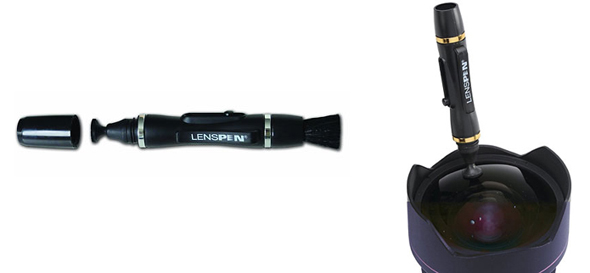
Click here to browse our full range of lenses
Which is the best lens for your needs?
If you know what kinds of thing you plan on photographing but you’re not sure what lens would suit your needs, have a look at the following suggestions.
Best lens for general photography
Something in the 24-105mm range would be ideal. It will give you plenty of flexibility, covering everything from wide vistas to frame-filling portraits.

Best lens for sports photography
A fast lens is perfect for sports photography, where freezing the action is often the top priority. Pick a telephoto zoom for pulling power combined with flexibility.

Best lens for landscape photography
A wideangle zoom lens is the order of the day here. Something starting at around 16mm is ideal.

Best lens for still-life/macro photography
A dedicated macro lens is a must for close-up work. One of the most popular focal lengths is around the 100mm mark.
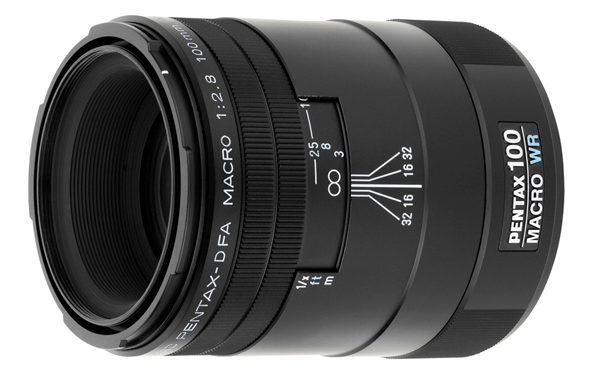
Best lens for portrait photography
The tried-and-tested 85mm focal length is perfect for portraits. These usually come with a wide enough aperture to produce pleasingly blurred backgrounds.
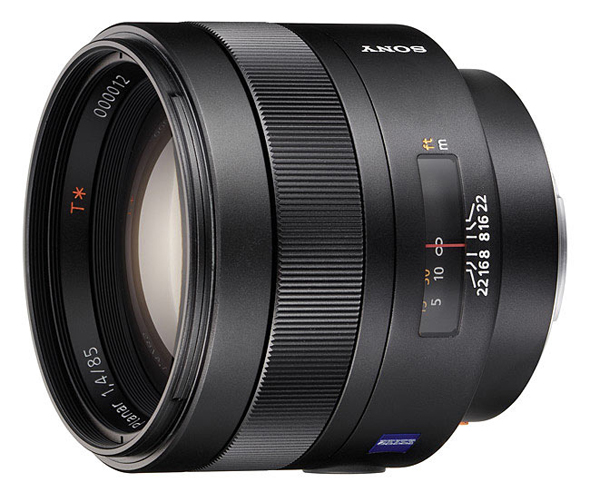
Best lens for architectural photography
In order to make sure buildings look as though they’re standing up straight, and to avoid converging verticals, select a perspective-control lens (also known as a ’tilt-shift’ lens). This allows you to make corrections before releasing the shutter.

Best lens for wildlife photography
This depends on the type of wildlife you will be shooting but a variable zoom covering 70-200mm is a good general-purpose option for mid- to long-distance subjects.
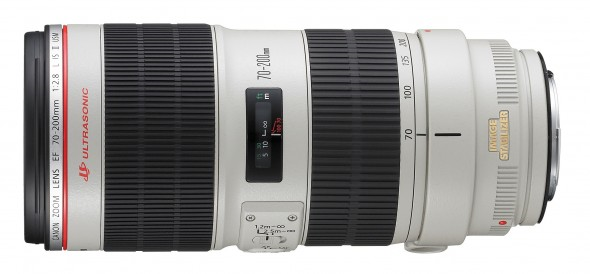
Click here to browse our full range of lenses

